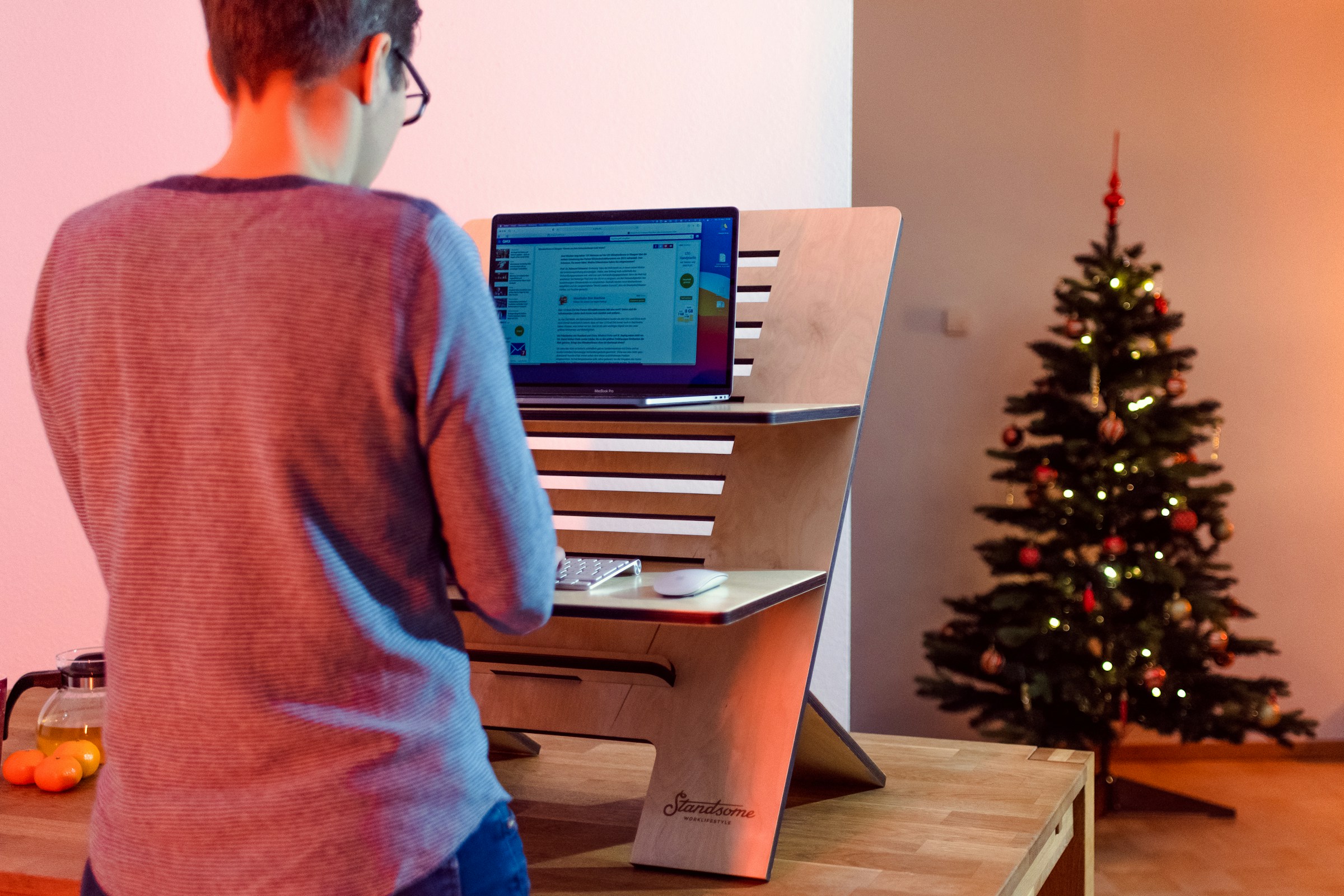In the wake of the global shift towards remote work, the concept of ergonomics has never been more relevant. It’s no secret that a well-optimized workspace can play a pivotal role in an employee’s health and productivity. Despite being away from the traditional office setting, remote workers still need the same level of ergonomic support, if not more. This article will guide you on how to optimize ergonomic workspaces for remote employees, aiming to prevent repetitive strain injuries and promote overall well-being.
Understanding Ergonomics
Before diving into the steps to optimize workspace ergonomics, let’s first understand what ergonomics is about. At its core, ergonomics is the study of designing and arranging the things that people use and the spaces they work in, so that they can interact most effectively and safely. It’s a multidimensional aspect that considers the physical, cognitive, and organizational factors.
Dans le meme genre : Expert driveway installation in Kingswood: your guide to options
A good understanding of ergonomics can help in preventing injuries caused by prolonged awkward postures, repetitive tasks, and over-exertion, collectively known as repetitive strain injuries. These can have substantial impacts on an employee’s health and productivity, leading to discomfort, pain, and even long-term injuries.
Setting up an Ergonomic Workspace at Home
When it comes to setting up an ergonomic workspace, the devil is often in the detail. Here’s how you can optimize workspaces for your remote employees.
Dans le meme genre : Transform your home with carpet cleaning in Kensington
Desk and Chair Adjustment
The desk and chair form the foundation of a workspace. It is crucial to have an adjustable and comfortable chair that supports the back, particularly the lower back. The desk height should allow the elbows to be at a right angle when typing, thereby reducing strain on the shoulders and wrists. Consider investing in height-adjustable desks or chairs, or suggest your employees to use cushions or books to adjust their sitting height.
Monitor Positioning
Encourage your employees to position their monitors at eye level to avoid straining their necks. If they are working on a laptop, recommend a laptop stand or stack of books to raise the screen to the appropriate level. Also, the monitor should be about an arm’s length away to reduce eye strain.
Keyboard and Mouse Placement
The keyboard and mouse should be close enough to prevent overreaching and straining the shoulders. The wrists should be in a neutral position, not bent upward, downward or sideways. Consider providing ergonomic keyboards and mice that fit the natural hand position and movement.
Importance of Breaks and Movement
While having an ergonomic workspace is essential, it is equally important to take regular breaks and move around. Encourage your employees to take short breaks every hour to stretch, walk around, or do some light exercises. This change in posture and movement can help in preventing muscle fatigue and eye strain.
Training and Education
To make the most of an ergonomic workspace, employees need to be educated and trained on the best practices. Offer online ergonomic training programs that cover a wide range of topics, from correct posture to workspace setup. Regularly check in with your employees to ensure they are maintaining good working habits and address any ergonomics-related concerns they might have.
Implementing Ergonomic Policies
Finally, it’s crucial to have robust ergonomic policies in place. This can include providing ergonomic equipment, covering the cost of home office furniture, and offering regular ergonomic assessments. Remember, investing in ergonomics is not just about preventing injuries; it’s also about promoting productivity, engagement, and overall well-being of your employees.
By applying these principles and strategies, you can optimize ergonomic workspaces for your remote employees, prevent repetitive strain injuries, and contribute to a healthier and more productive work environment. Remember, it’s a continuous process that requires consistent efforts, regular reviews, and necessary adjustments.
Providing Ergonomic Solutions at Home
Ergonomic solutions are not just limited to the physical setup of a workspace. With the surge of remote work, it’s important to provide comprehensive ergonomic solutions that go beyond the traditional office setting. These include providing ergonomic equipment, ensuring proper posture, and encouraging regular breaks to prevent repetitive strain injuries.
Ergonomic Equipment: Providing ergonomic equipment for remote workers is not just a good practice, it’s essential. This can include adjustable chairs, sit-stand desks, ergonomic keyboards, and mice, amongst others. These tools can help in maintaining a neutral posture, reducing the risk of musculoskeletal disorders.
Proper Posture: Maintaining the correct posture is key in preventing strain injuries. Encourage your employees to sit at a 90-degree angle with their feet flat on the ground. The top of the monitor should be at eye level to prevent neck and eye strain. The arms should rest on the desk with the elbows at a right angle. It is also important to change postures regularly to prevent muscle fatigue and promote blood circulation.
Regular Breaks: One of the most overlooked aspects of workplace ergonomics is taking regular breaks. Remote workers often find themselves sitting for prolonged periods, contributing to various health issues like carpal tunnel syndrome and other repetitive strain injuries. Encourage your employees to take short breaks every hour to stretch, stand, walk around, or even do simple exercises. These regular breaks can help alleviate muscle tension, reduce eye strain, and increase overall productivity.
The Role of Leadership in Promoting Ergonomics
As a leader, you play a crucial role in promoting ergonomics in your organization. The key to implementing successful ergonomic solutions lies in regular communication, effective policies, and ongoing training.
Regular Communication: Keep a regular check on your employees’ work environment and habits. This can help identify potential ergonomic issues and address them proactively. Regular communication also allows you to ensure that the employees are using the ergonomic equipment effectively and maintaining a proper posture.
Effective Policies: Implement policies that support ergonomics. This can include providing funds for home office furniture, offering regular ergonomic assessments, and covering costs of any necessary ergonomic equipment.
Ongoing Training: Provide ongoing training to employees about the benefits of ergonomic practices. This can be delivered through online training programs that cover a wide range of topics, from correct posture to workspace setup.
Conclusion
The rise of remote work has brought with it the need for optimized ergonomic workspaces at home. As repetitive strain injuries become more common among remote workers, it’s critical to implement robust ergonomic solutions to prevent these injuries and promote employee well-being. From providing ergonomic equipment to ensuring proper posture and offering regular breaks, there’s much you can do to create a healthy and productive work environment for your employees.
Remember, ergonomics isn’t a one-time effort. It’s a continuous process that requires consistent attention, regular assessment, and necessary adjustments. By investing in one’s employees’ health, businesses can not only reduce injuries but also increase productivity, engagement, and overall well-being. The key lies in understanding the importance of ergonomics and taking proactive steps to implement effective ergonomic solutions.

















